My best decision
Hi! My name is Sebastian and I’m a 31 years old hobby photographer from Hamburg, Germany. When people ask how long my passion for photography exists, normally I say since 2008 – that’s the year I bought my first DSLR and started to learn the basics.
But actually, I took photos my whole life, I can remember I had a little Nikon film camera as a child which I used often on vacation with my parents. Before my first DSLR photography was more like point & shoot for me, I didn’t have any experience with programs like Photoshop or even RAW edit at this time. As I remember none of my friends had a DSLR in 2008 and I also didn’t know any other person so it was really special for me to get one of those „big“ cameras.
The big camera was actually not that big compared to what I bought the next years, but compared to my little digital Canon IXUS it was: a used Canon EOS 400D and some days later a used 18-55mm zoom lens from eBay. So there I had my wonderful piece of gear.
What should I say – I had no idea what I was doing and was wondering why photos on a rainy and grey day still looked boring and not “special“ with that expensive camera… I can’t remember when I noticed that it was not the fault of the camera and that I was the person who can control the parameters to avoid mistakes.
After that I got more and more used to the functions the longer I used the camera and the more articles I read on the internet. Ok – photos of grey and rainy days were still not sunny, but creativity with the right camera settings helped a lot.
Before I found my real passion for landscape photography I tried many things with my 400D – I shot my car, I shot the cars of my friends, I did HDR-photography, I drove around Hamburg at night, mostly in the harbor to get some nice subjects and after a year, I tried my first portraiture shots and got also my first prime lens. After the 400D, followed a 7D and a work and travel journey to New Zealand. It was hard not to fall in love with this country and its unique landscapes – so I did – and found my real passion for landscape photography.
Back at home, I noticed that I made many little mistakes and the photos didn’t have the optimal quality they could have. I set the ISO to high at daylight, because I used a fast automatic shutter and a cheap and dark polarization filter all the time. Also, my aperture was sometimes too open to get the whole frame sharp. I was very sad at this time but I think it also helped me a lot to learn more about photography, to analyze the shots and to know the next time what I have to do.
Even now, after 10 years of photography with system cameras I make mistakes. But every time I make one, I learn from it and I know what I will do better next time.
After an old 1Ds Mark II (what a brick) with that lovely shutter sound and poor battery life I bought my last DSLR – an EOS 6D. I have to say I’ve never had a problem with Canon’s sensors, the image quality was fine for me and for the lack of dynamic range (compared to other brands) I used GND filters or multiple exposures. Maybe the missing ISO-invariance of their sensors was sometimes annoying, but that wasn’t that big problem for me.
I had more problems with their software/firmware – I used MagicLantern to get some functions like a bulb mode without remote control and for some other functions. I wished Canon had included that as part of the original firmware to their bodies. I also had many problems with the durability of the 6D, on a trip to Iceland and on another one to New Zealand I had a not working camera in my hands, the reason was in both cases humidity.
Maybe in some parts that was my fault, but I noticed that I needed something more robust. At the time I was in Iceland I also had a Fuji X100T with me which I bought before a trip to Morocco some months before. I can’t really remember why I bought it – maybe because I love the technique and was interested in the fact that it had a different sensor compared to my DSLR – the X-Trans. And maybe also because this little thing was also so good looking.
In Iceland, I shot many photos with my 6D and also with the X100T. I was really happy with the image quality even when it was hard to compare the one-focal-length camera with the DSLR. The next year my girlfriend and I did a backpacking trip to Vietnam and I was sure that the heavy and bulky DSLR would not fit into my back and maybe also not survive the trip. So I made the decision to take only the X100T together with the wide-angle adapter to that trip. And it was great.
I made photos I wouldn’t have made with the DSLR, for example, we did a kayaking tour in Halong Bay in northern Vietnam. I wouldn’t have taken the 6D around my neck in this little kayak, with the lightweight Fuji that was no big deal. Back at home, it came to my mind that a Fuji system camera will also make me happy but I needed some time to make the decision to sell my full-frame DSLR to get an APC-S camera again.
But you know the answer – I ended up with an X-T2 later that year and I have to say it was the best decision I’ve ever made when it comes to photography gear. I love the controls of the camera and also the aperture ring on my lenses. And I love the image quality. In the beginning, I struggled a little bit because I used Lightroom, but after I switched to Capture One and Skylum’s Luminar I can see and use the whole potential of the X-Trans Sensor.
The files are so sharp and rich that I’ve never looked back to my full-frame files until now. And I also love the film simulations, many times the SOOC JPEGs were so great that I didn’t need to edit the RAWs. After one and a half years and travels to Iceland, New Zealand, Sweden and Italy I know that I have a reliable partner for my hikes with the X-T2 and the wonderful lenses I bought.
My favorite one is the Fujinon 23mm f/1.4 – both for landscapes and people. Followed by Samyang’s 12mm lens I often use for sunsets and sunrises combined with a nice foreground. I also own the 90mm and the 35mm f/1.4 which was my first X-mount lens. Before I moved to Fuji I’ve already bought a small Sirui carbon fiber tripod which is nice to pack and perfect for the X-T2 now but was not that great for the EOS 6D because the camera was too heavy for it.
When it comes to sunrise-, sunset- or astrophotography-shot I use the tripod every time – the X-T2 attached with an L-bracket and a NISI filter holder with a landscape polarizer and mostly a 1.2 GND filter in front of the lens (but of course not at night).
My most favorite shot until now with the X-T2 has a special light. It’s a late afternoon shot of Iceland’s famous Stokksnes peninsula with the Vestrahorn, a rainbow and my girlfriend in the frame. I shot 4 frames in a row with the 23mm to get the huge mountain range in the frame.
My next adventure will be at the Isle of Skye at the end of December, together with my girlfriend Janina and her new X-T100. I’m really looking forward to going on snowy hikes on that beautiful island.
This article was originally published in issue #30 of Fuji X Passion magazine – December 2018
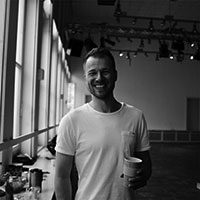
“My name is Sebastian and I’m a 31 years old hobby photographer from Hamburg, Germany. When people ask how long my passion for photography exists, normally I say since 2008 – that’s the year I bought my first DSLR and started to learn the basics. But actually, I took photos my whole life, I can remember I had a little Nikon film camera as a child which I used often on vacation with my parents.”

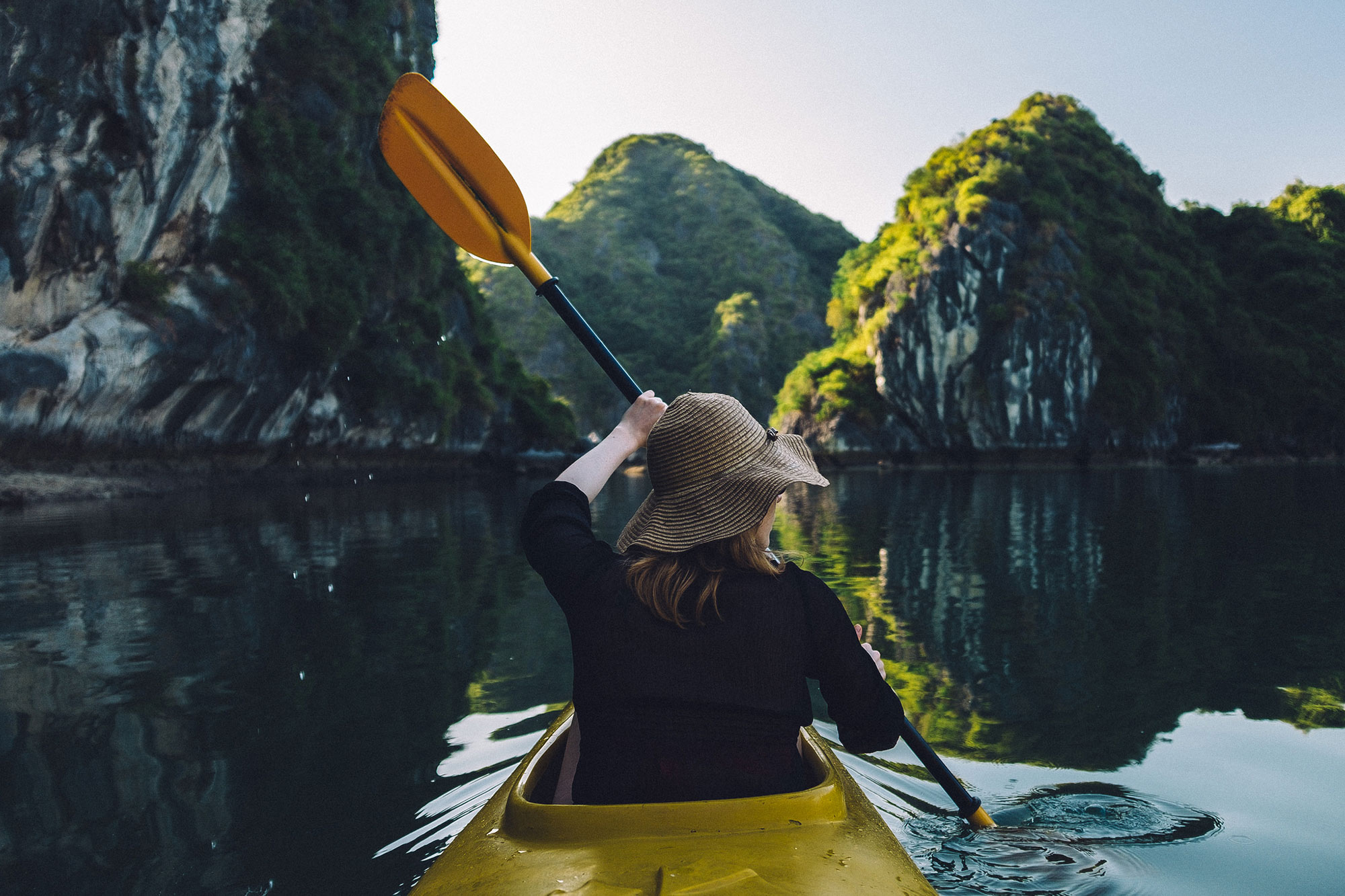
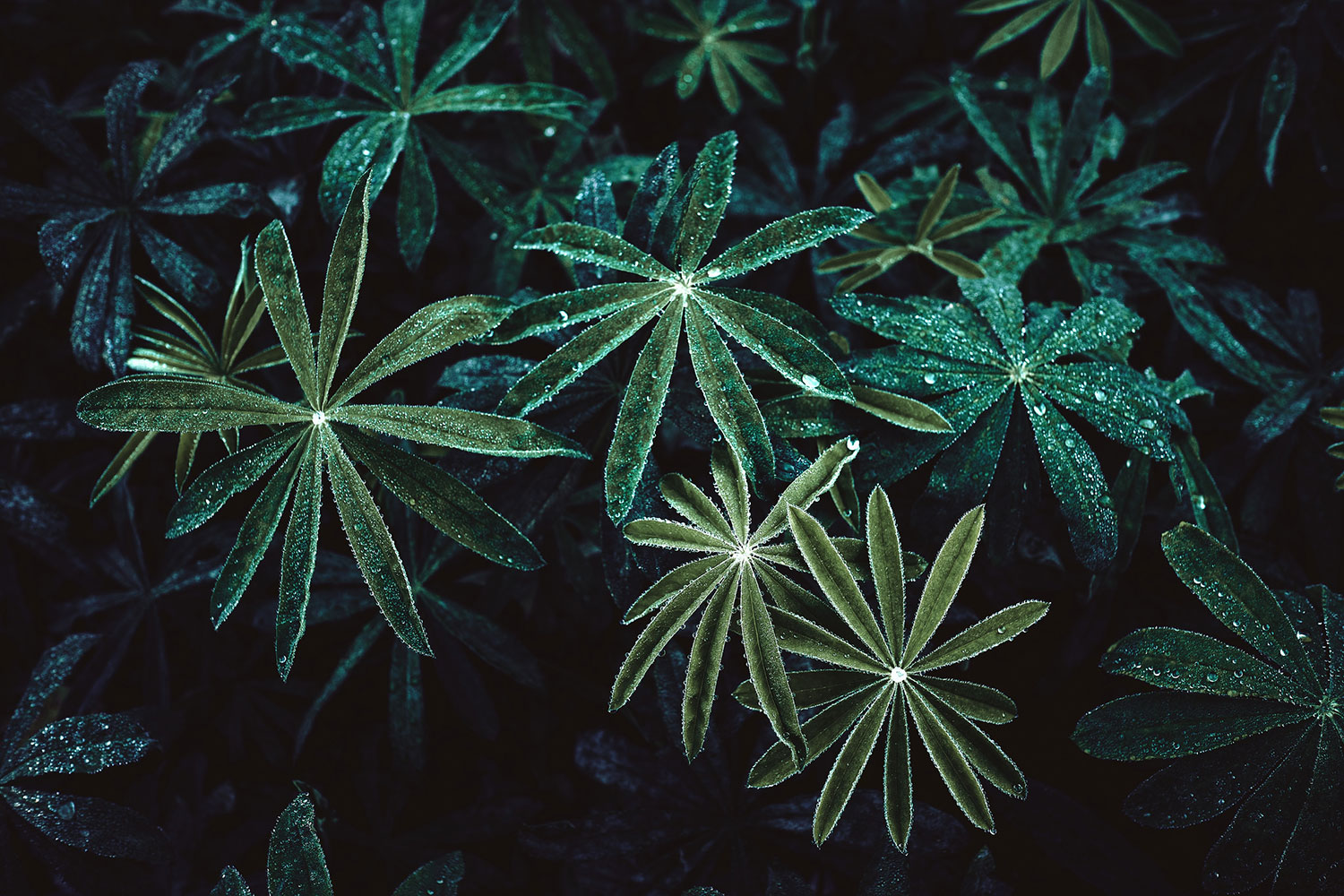
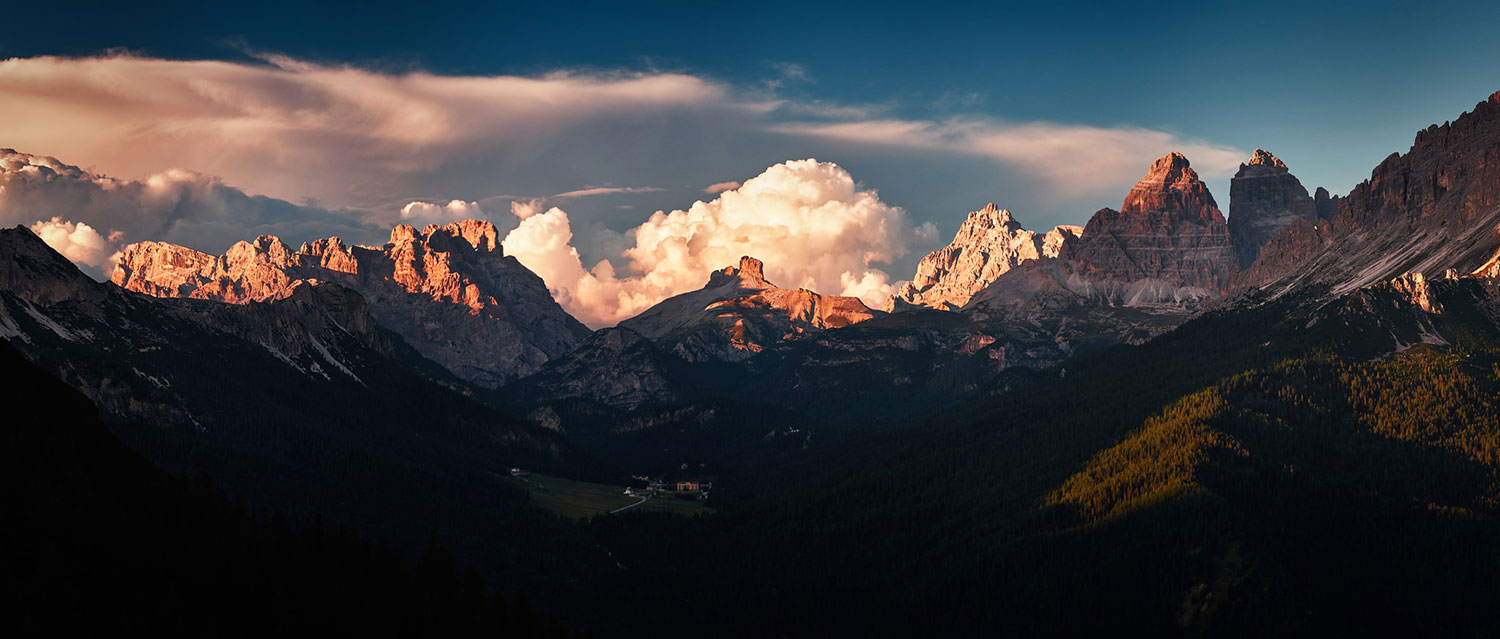
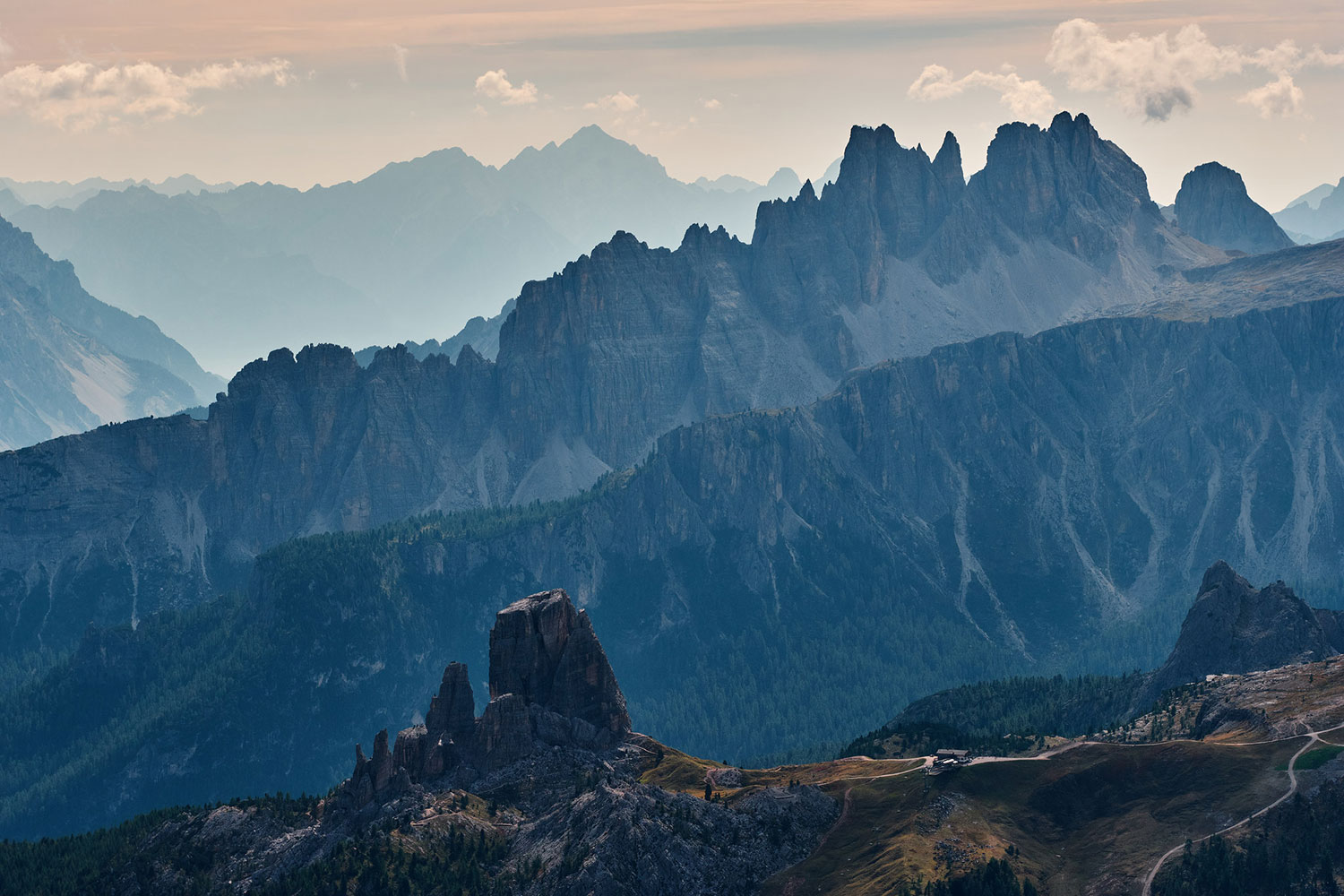
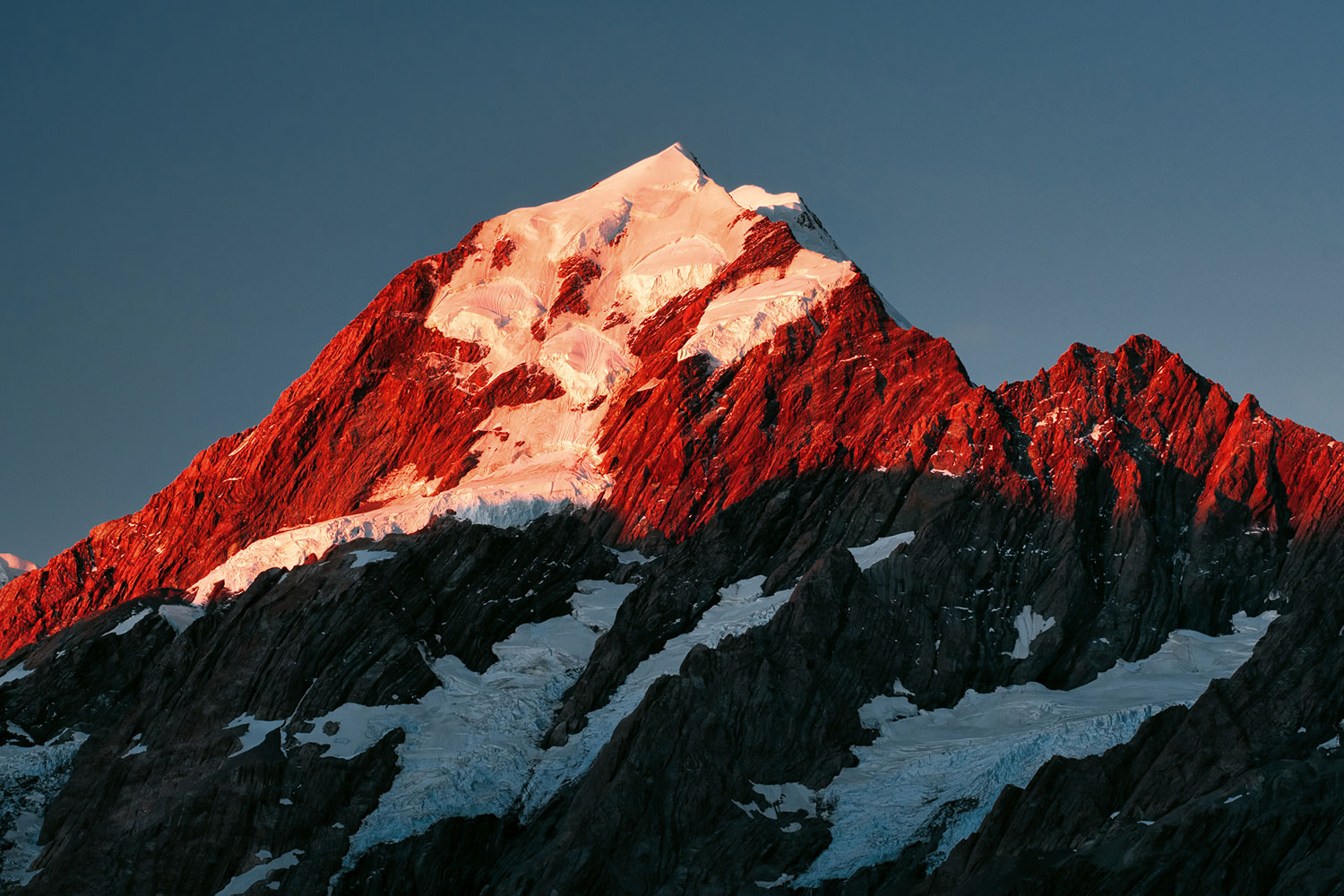
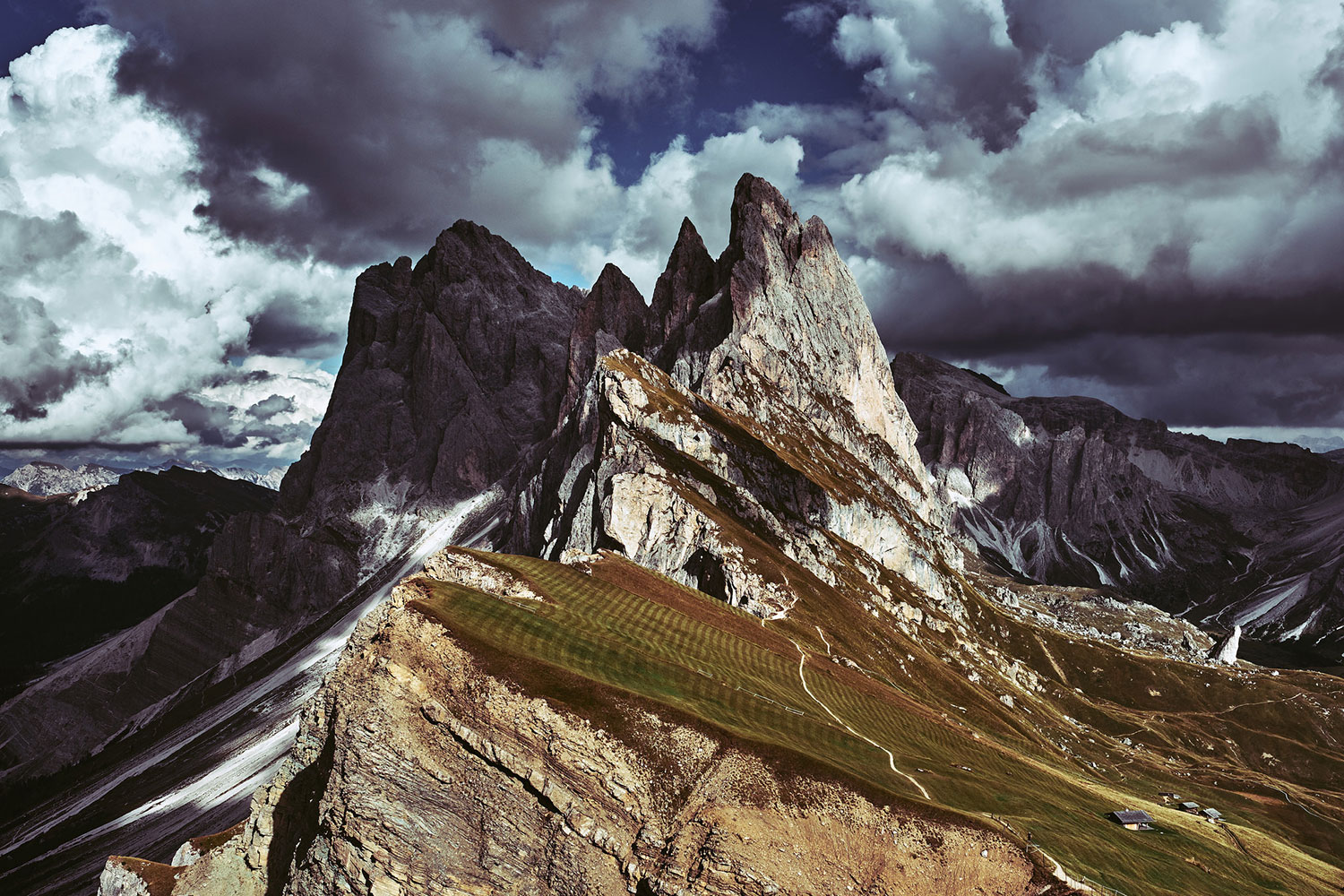

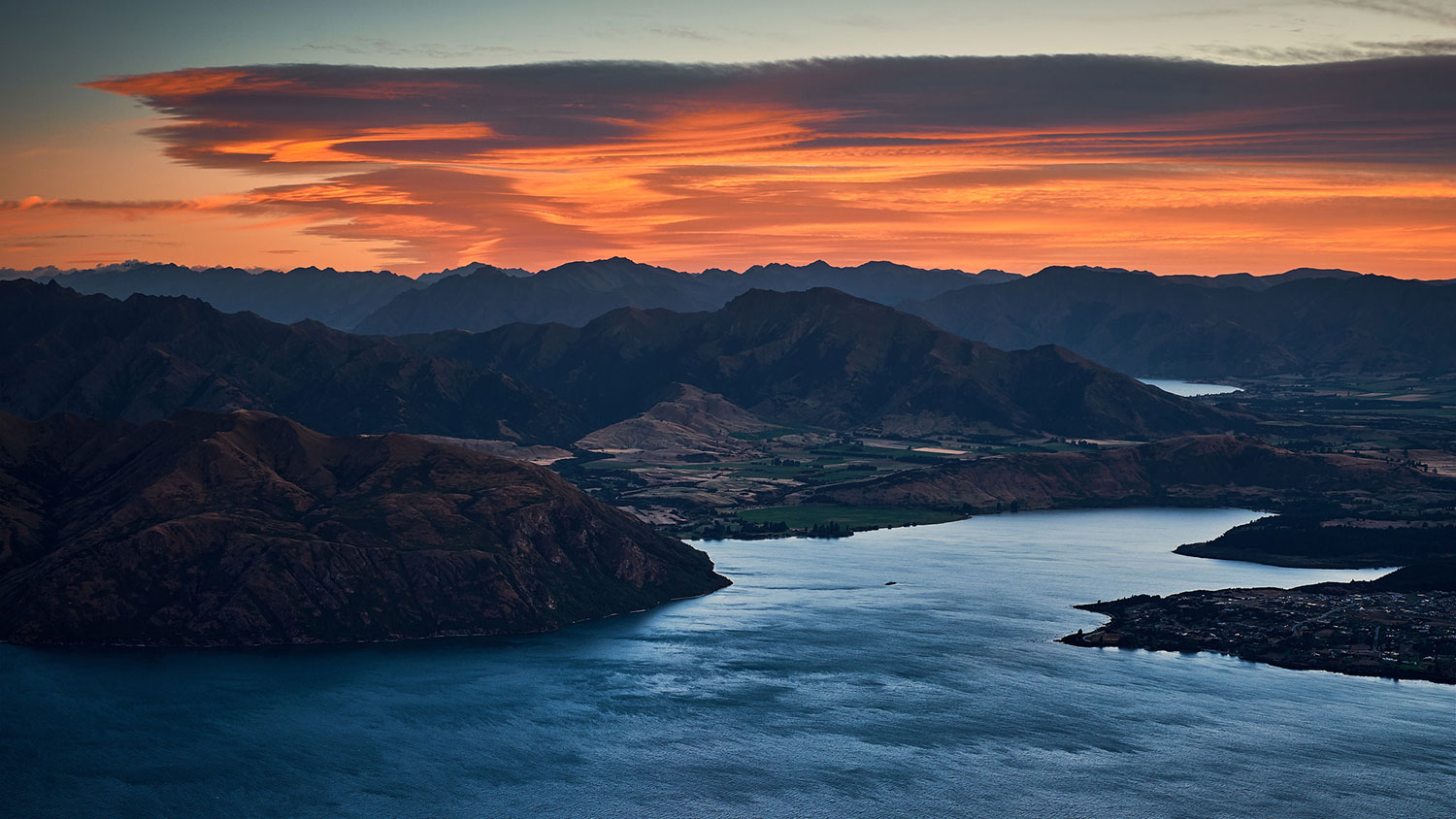

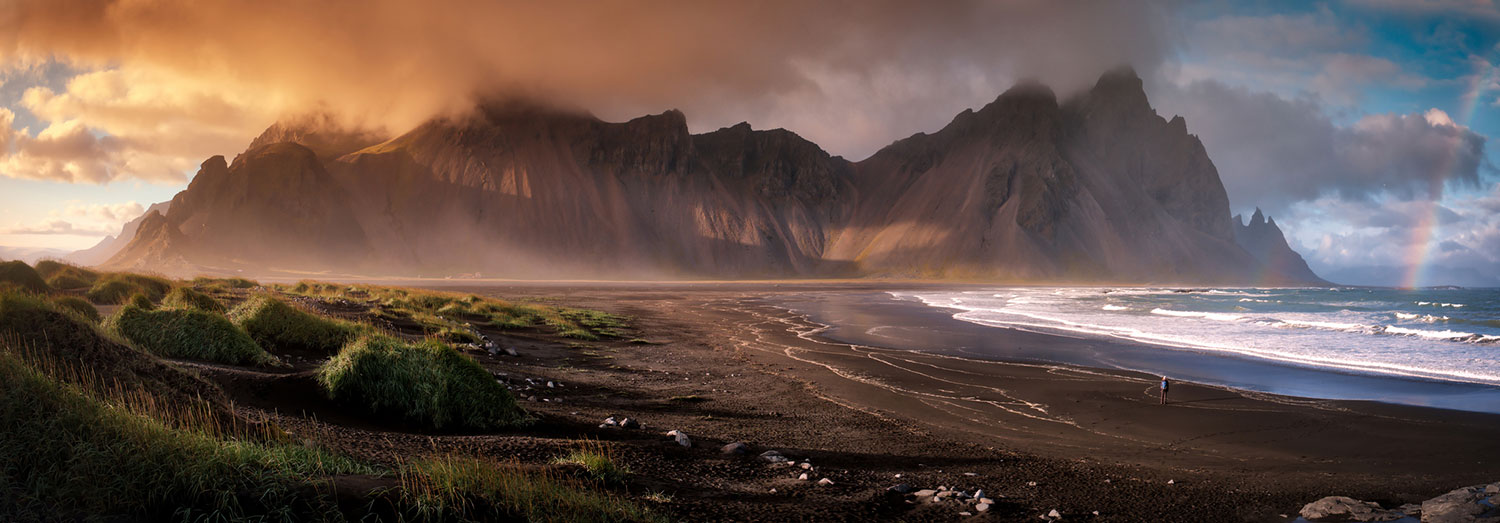
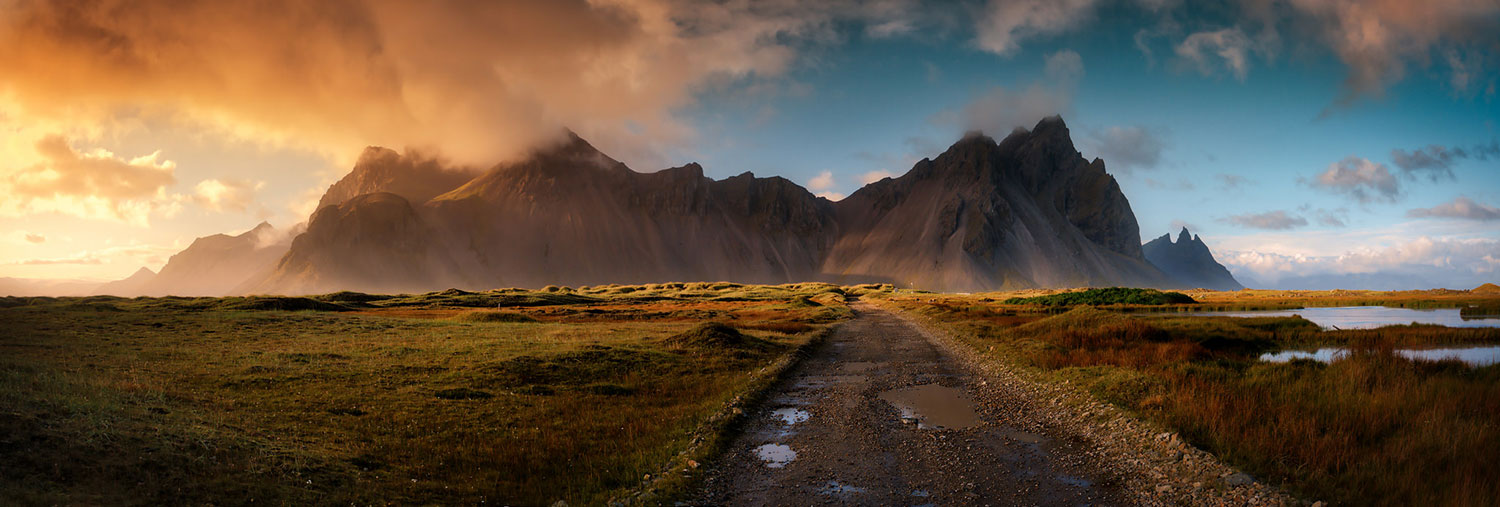

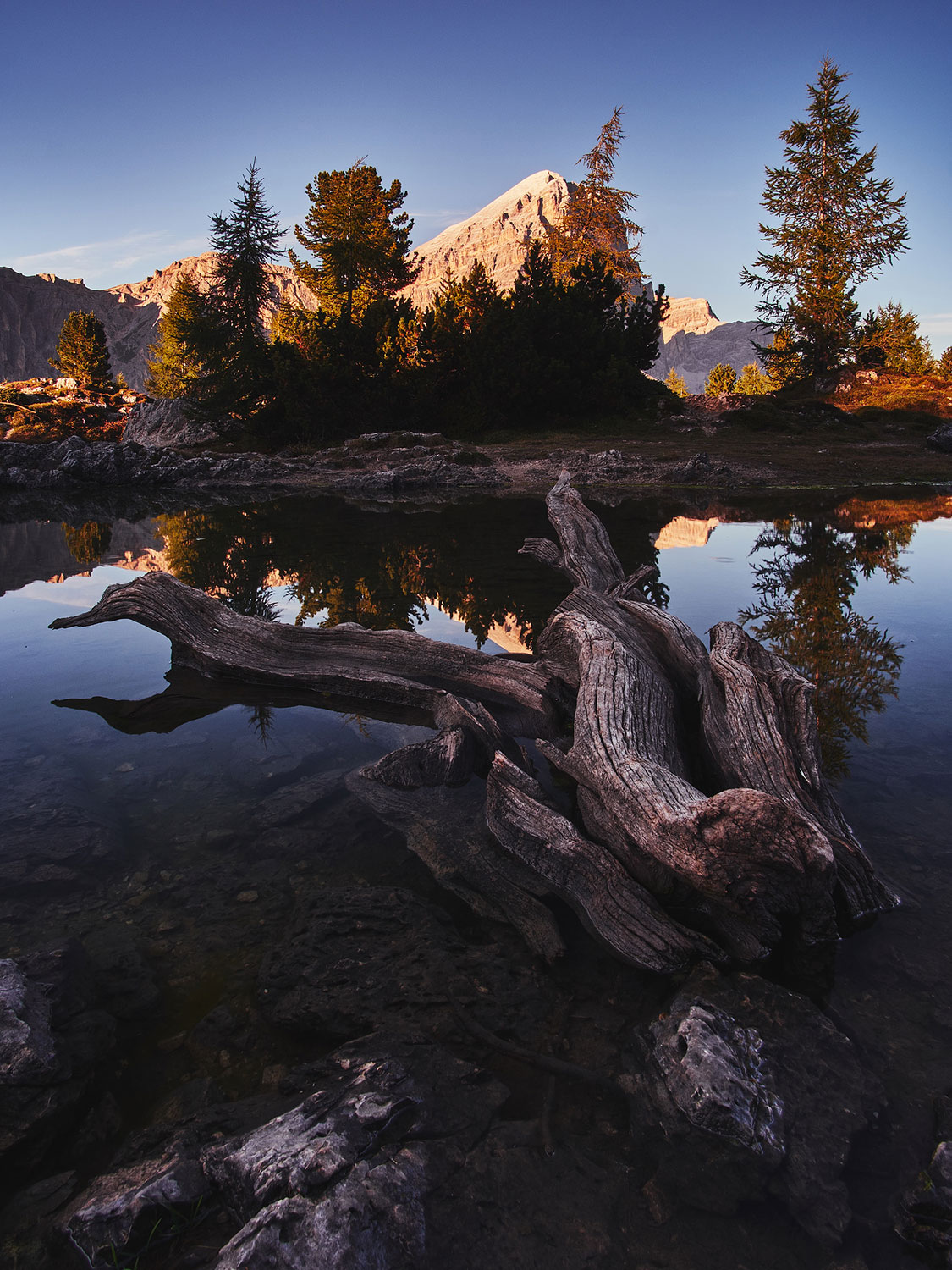

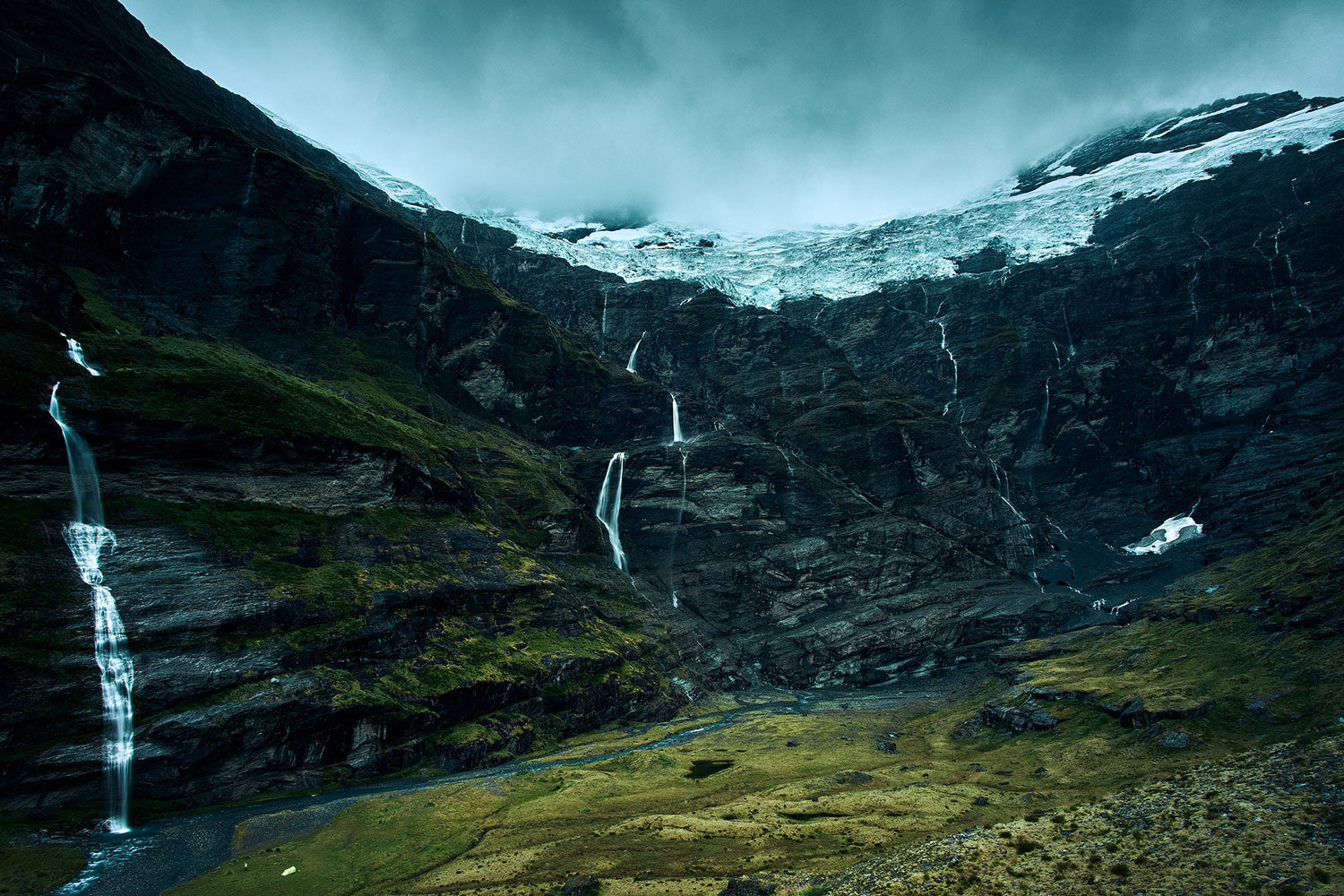
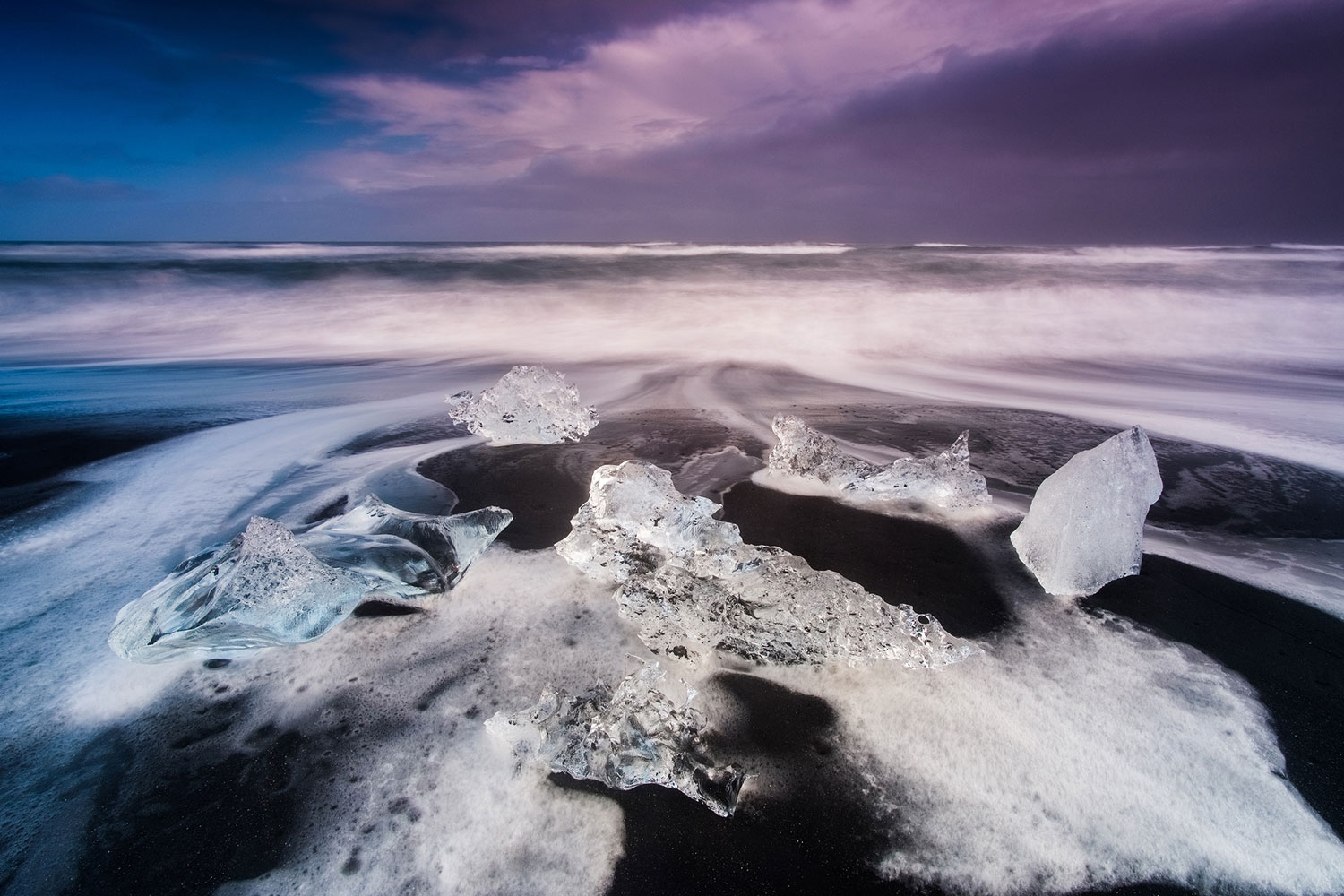
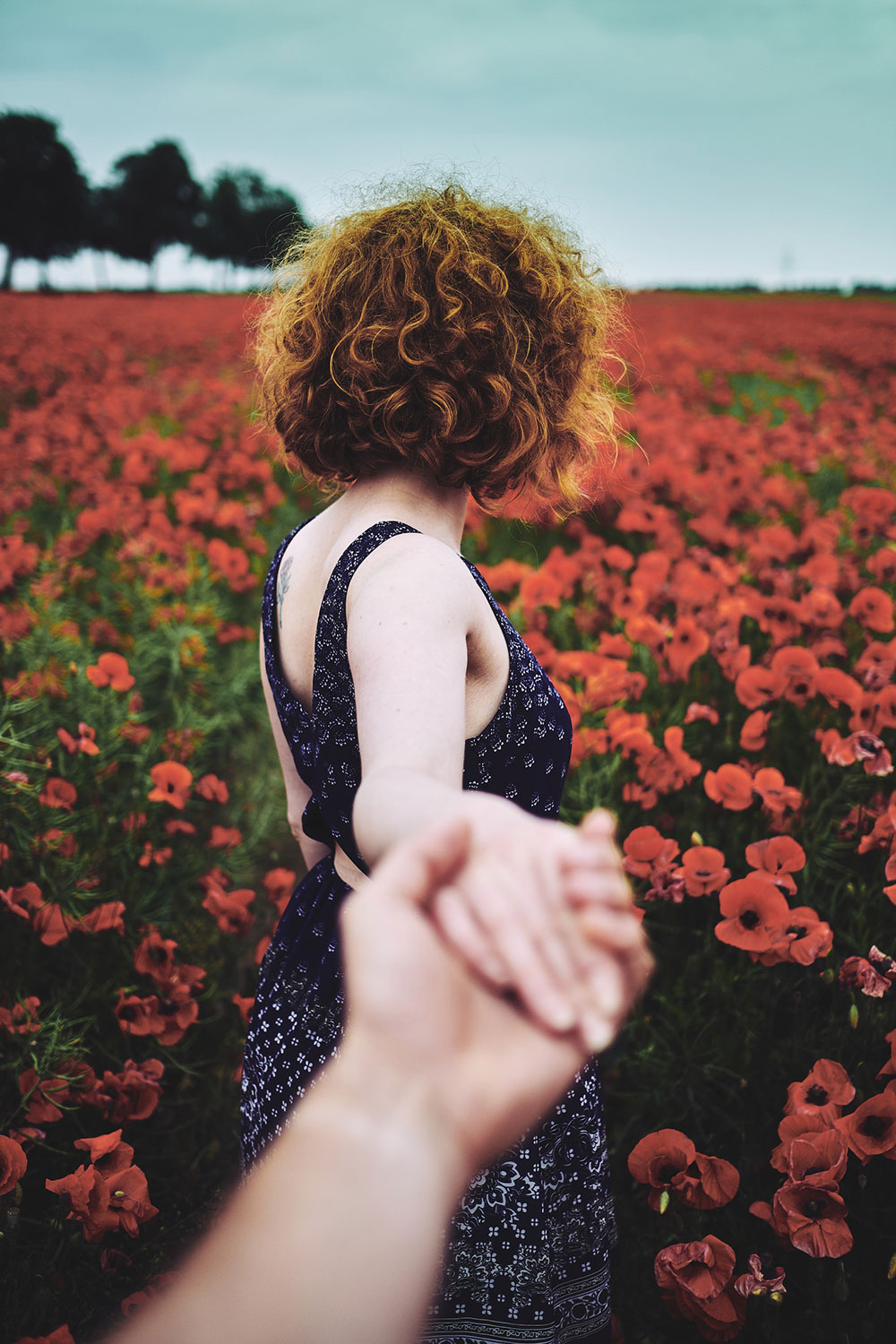

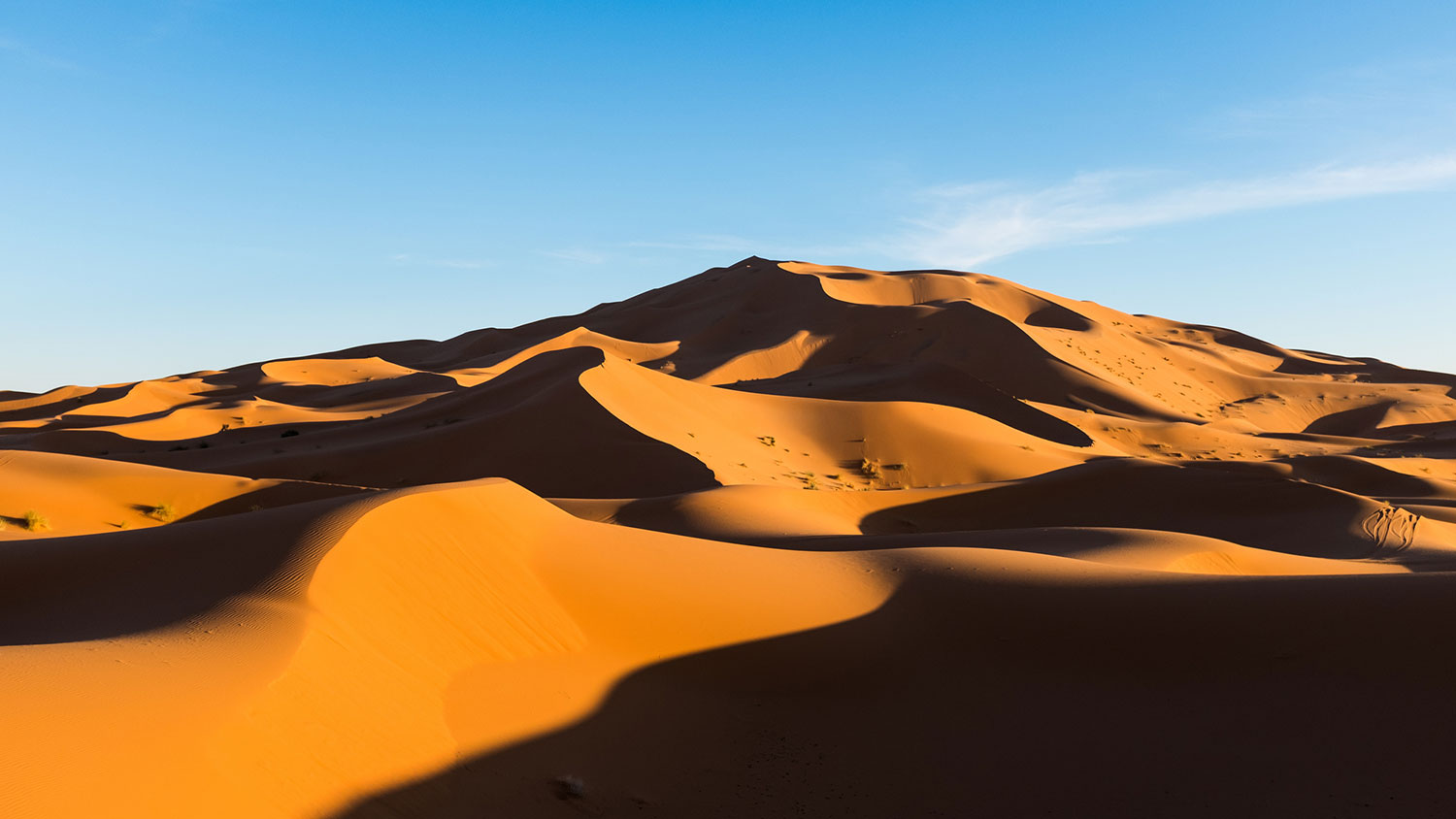



Albert Smith
November 23, 2020 @ 4:37 pm
Very nice, and timely! I just bought the 23mm f/1.4 after three years with f/2 version. My initial testing makes me feel that at close distances and at wide apertures, the f/1.4 lens is not just a little sharper, but quite a bit more. The contrast also pops more with the faster lens, so much so that I had to tweak my presets for my favourite film simulations.
You images here make me all the more anxious to start putting my lens to use for real photos beyond testing.
Thanks for posting.